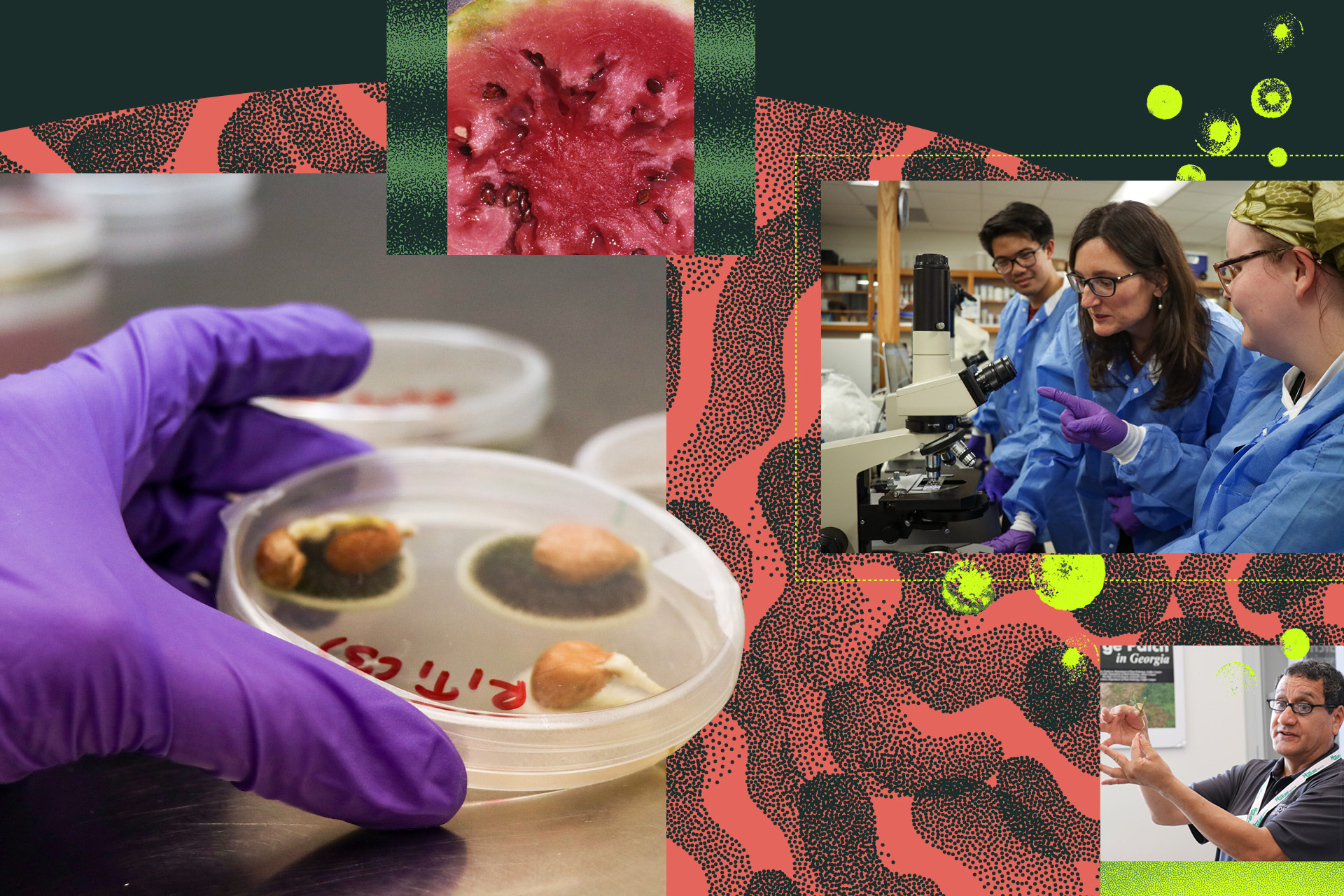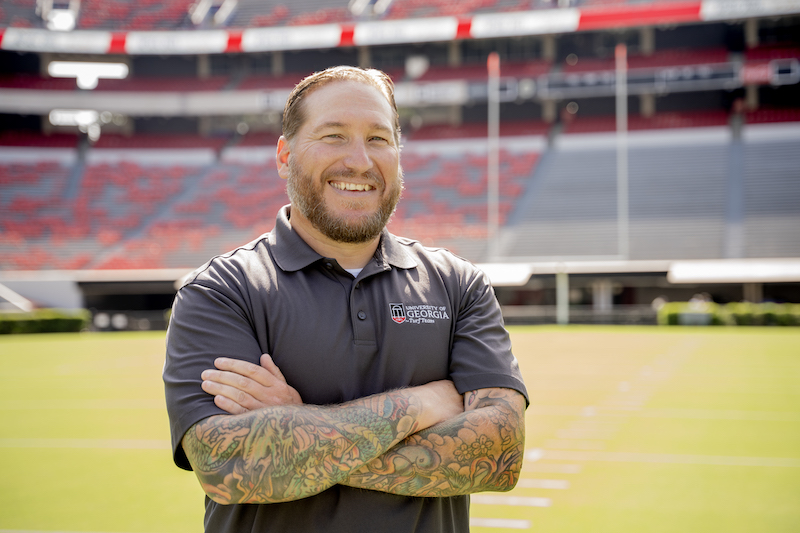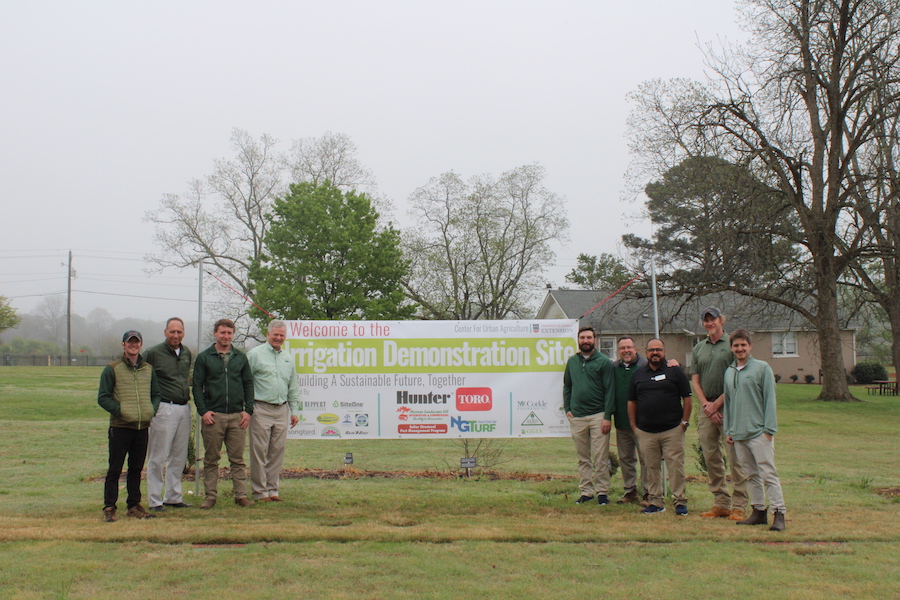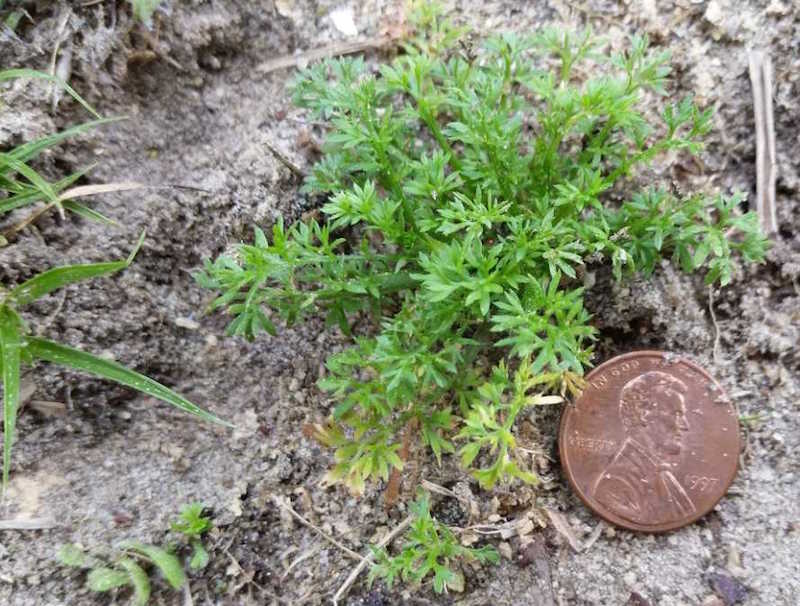September 23 is the first day of fall, heralding in cooler temperatures that slow the growth of the grass and prepares it to go dormant for the winter. It is also a favorable time for turf diseases to develop.
If you had problems with large patch or take-all patch in the spring, you will likely deal with them again in the fall. Consider a fungicide application to get ahead of the damage these diseases can cause.
Large patch creates circles
Large patch is caused by the fungus Rhizoctonia solani. This disease occurs on St. Augustine, bermuda, centipede and zoysia turfgrasses. As the name suggests, the disease is characterized by the development of circular patches in the turf, ranging in diameter from less than 3 feet to up to 25 feet.
Grass blades of recently infected turf on the outer margin of the patch may appear orange. Some patches may be perennial, reoccurring in the same location and expanding in diameter year after year. Leaf dieback from the tip toward the base occurs as a direct result of the infection. High relative humidity and temperatures of over 80 degrees during the day and over 55 degrees at night favor the disease.
Take-all patch makes wilted circles
Take-all patch is caused by the fungus Gaeumannomyces graminis. St. Augustine, bermuda and centipede turfgrasses are susceptible to this disease. Take-all patch causes wilted circular patches that are brown or bronze and measure up to several feet in diameter.
Infected grass will have dark brown roots. The disease typically occurs in wet conditions and in areas with a high soil pH – most severe at pH 6.5 or higher. It is also more severe on less-fertile and sandy soils.
Fall applications of fungicides can reduce damage to the turf until it goes dormant and conditions become unfavorable for the diseases. Late September through early October is the ideal time to apply a fungicide. Many of the fungicides available for use by homeowners are systemic fungicides, which are taken up by the turf and can protect it from the inside. This is especially important during periods of frequent rains.
Be sure to check local garden and agriculture centers for fungicides that are effective against large patch and take-all patch. You should be able to find fungicides in both granular and liquid formulations. Choose the formulation that satisfies your situation the best. Always read and follow label directions.
Remember that both of these diseases require treatment in the fall and spring, but the fall application is the more effective of the two.
Management Tips:
Large Patch
1. Avoid nitrogen applications when disease is active.
2. Improve drainage of the turf.
3. Reduce thatch.
4. Irrigate turf early in the day, preferably before 9 a.m.
5. Minimize shade.
Take-All Patch
1. Maintain soil pH below 6.5, preferably between 5.5 and 6.0.
2. Apply manganese at a rate of 2 pounds per acre in the fall or spring.
3. Avoid excessive irrigation and nitrogen applications.
4. Improve surface and subsurface drainage.
5. Aerate the soil and reduce thatch.







